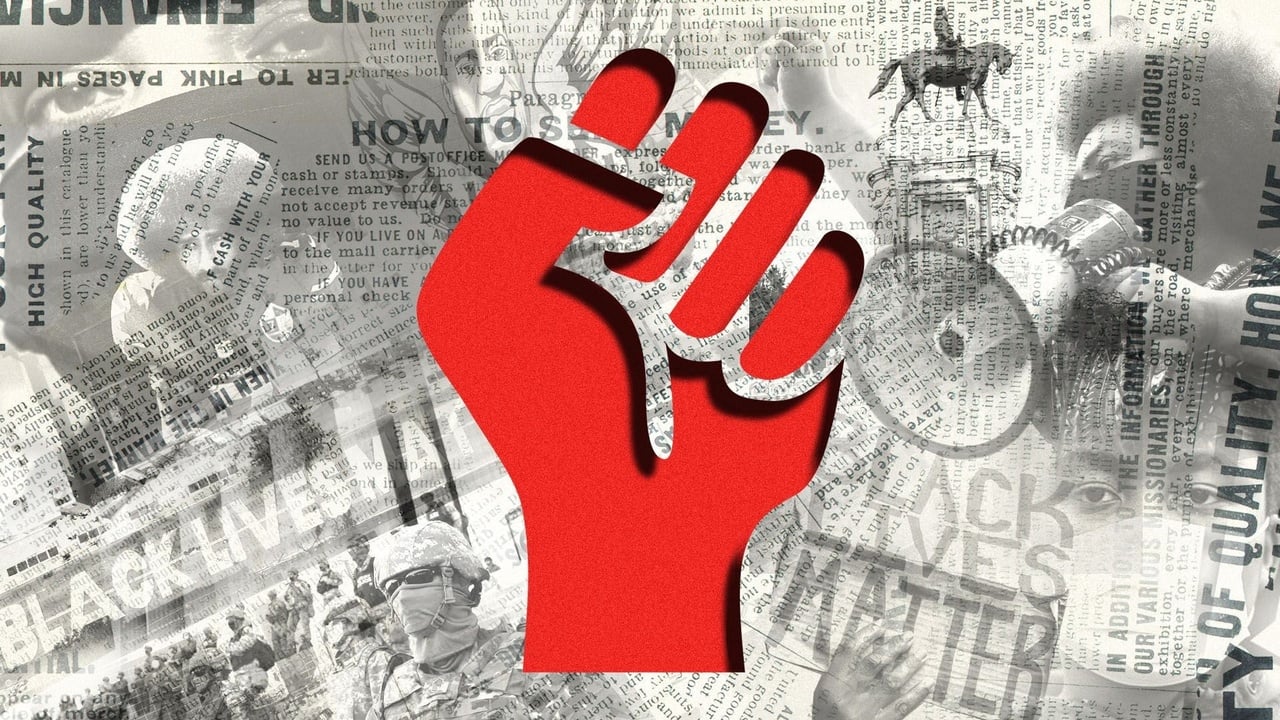Everyone is talking about structural racism. It's an important, intimidating, sometimes confusing, and huge topic. Let's get our arms around what it is—and how it's different from behavioral racism.
First, racism. Racism is the belief (whether or not we admit to others or even consciously to ourselves) that groups can be divided based on the superiority of one race over another.
Behavioral racism is when we act on racist beliefs. It appears as telling a racist joke, holding and acting on stereotypes that negatively portray another race, or perpetuate attitudes or beliefs that reinforce beliefs about one or more racial groups. Researchers define structural racism as "the normalization and legitimization of an array of dynamics – historical, cultural, institutional and interpersonal – that routinely advantage whites while producing cumulative and chronic adverse outcomes for people of color. It is a system of hierarchy and inequity, primarily characterized by white supremacy – the preferential treatment, privilege and power for white people at the expense of Black, Latino, Asian, Pacific Islander, Native American, Arab and other racially oppressed people."
It's easy to feel "paralyzed" by the enormity of structural racism, not able to translate it into practical actions that can be taken by well-meaning folks. You can start by believing BIPOC folks around you who tell you about their experiences. Believe them when they describe "invisible barriers" or "the impact of lack of representation at executive levels." Also, actively seek ways to be an ally—to use your institutional influence and privilege to shine light on marginalizing practices and microaggressive language or behaviors.
Related specifically to structural racism, consider the systems in your organization: recruiting, onboarding, performance reviews, promotions. Where are you posting job announcements? Is your interviewing rubric bias-free? Are you measuring success through an equity lens?
Any leadership action you take now has the ability to impact structural racism, and make a change toward your overall inclusion goals.
Every one of us has personal agency when it comes to breaking down barriers and creating more access. We have the personal ability to positively impact the narrative and the outcome, starting today.

